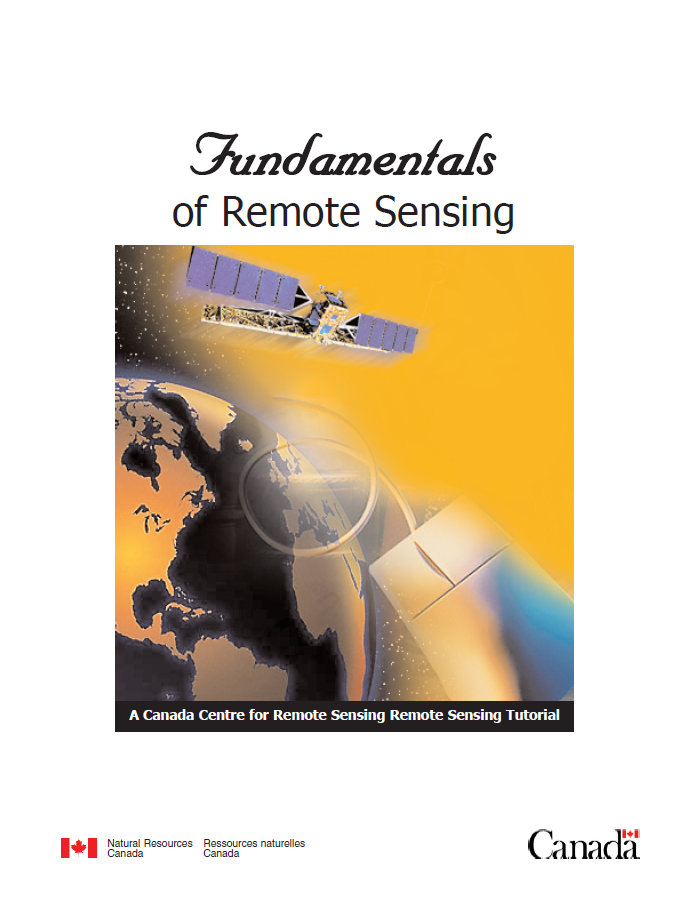Fundamentals of Remote Sensing
A Comprehensive Guide to Earth Observation Principles
1 Book Image
2 More info
This essential guide provides a thorough introduction to the fundamental principles of remote sensing, offering a solid foundation for students and professionals in geospatial sciences. The book covers the basic concepts, sensors, and applications of remote sensing in an accessible yet comprehensive manner.
Designed as both a learning resource and a reference, it bridges the gap between theory and practical applications, making it ideal for beginners in the field of geospatial analysis and environmental monitoring.
Key topics include: - Electromagnetic radiation principles - Remote sensing platforms and sensors - Aerial photography and photogrammetry - Digital image processing techniques - Multispectral and hyperspectral imaging - Thermal and microwave remote sensing - Image interpretation and analysis - Remote sensing applications in various fields - Data integration with Geographic Information Systems (GIS) - Accuracy assessment and validation - Emerging trends in remote sensing technology
